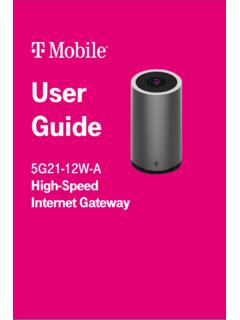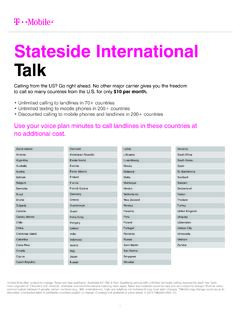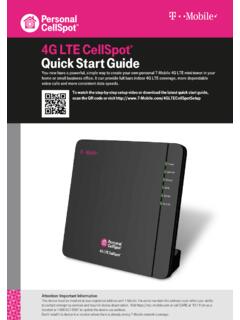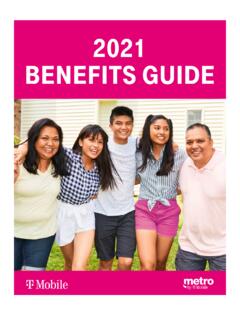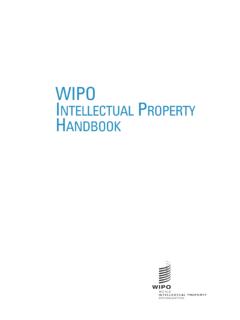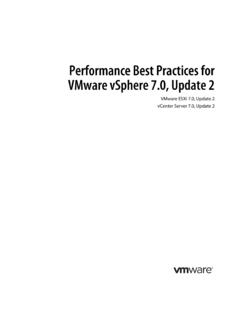Transcription of T-Mobile Code Of Conduct
1 2007 - 2020 T-Mobile USA, Inc. All rights reserved. C o de o f Co nduct Version November 2020 2 This documentation is proprietary information of T-Mobile USA, Inc. This document is provided for informational purposes only and T-Mobile USA, Inc. makes no warranties, either express or implied, in this document. Information in this document, including URL and other Internet Website references, is subject to change without notice. The entire risk of the use or the results of the use of this document remains with the user. Unless otherwise noted, the example companies, organizations, products, domain names, e-mail addresses, logos, people, places, and events depicted herein are fictitious, and no association with any real company, organization, product, domain name, e-mail address, logo, person, place or event is intended or should be inferred.
2 Complying with all applicable copyright laws is the responsibility of the user. T-Mobile USA, Inc. may have patents, patent applications, trademarks, copyrights, or other intellectual property rights covering the subject matter in this document. Except as expressly provided in any written license agreement from T-Mobile USA, Inc., the furnishing of this document does not give D2C Partners any license to these patents, trademarks, copyrights, or other intellectual property . In t roduction The T-Mobile Commercial Messaging network supports more traffic throughput than a traditional person to person text messaging channels. It s designed to facilitate high-quality, high-integrity business communications, not SPAM or unconsented messaging.
3 To protect both networks and consumers from abuse, T-Mobile enforces a basic code of Conduct and provides best practices for message sending and content generation. All users of the T-Mobile network including users of the software, API, or gateway services are held to the same standards and expectations. 3 Contents 1 ABOUT THESE 5 COMMON TERMS .. 5 References .. 6 Scope and 6 Enforcement .. 7 Revisions of Documentation .. 7 2 T-Mobile COMPLIANCE PRINCIPLES .. 8 Sanctioned Messaging Paths and 8 Valid Companies In Good Standing .. 8 Bes t Prac ti c es fo r S endi ng Mess ages .. 8 Choice and 8 Calls-to-Ac tion .. 9 10 Double 11 Opt-Out .. 11 Aggregator Enforced STOP Layer.
4 11 Consumer Notification .. 12 Opt-Out Keywords and 12 Sending To A Consumer That Has Opted Out .. 12 Deactivation Files .. 12 Maintain and Update Consumer Information .. 13 High Opt-Out 13 3 BEST PRACTICES FOR MESSAGING PROGRAMS .. 13 Use One Recognizable Source Number (Application Address) .. 13 Enabling Voice Components .. 14 Use One Recognizable Domain Name .. 14 Use Natural Language .. 14 Direct Consent .. 14 Set Expectations On Frequency .. 14 Business Recognition .. 14 Length of Message .. 14 Ending with Stop and Help .. 14 Transitioning Messaging Programs to a New Application Address:.. 15 Expiring a Messaging Program .. 15 Campaigns Information Accuracy .. 15 4 PROHIBITED MESSAGING PRACTICES.
5 16 Shari ng, Sell i ng or Renti ng Cons ent is prohi bited .. 16 4 Grey Route .. 16 Snowshoe Sending Prohibited .. 16 Filter Evasion Assistance Prohibited .. 16 Dynamic Routing 16 Shared Codes 17 URL Cycling / Public URL Shorteners .. 17 URL 17 Number 17 5 PROHIBITED CAMPAIGN CONTENT .. 18 Unlawful, Unapproved, or Illicit Content .. 18 Disallowed 18 Phishing .. 19 Fraud or Scam .. 19 Deceptive Marketing .. 19 Compl i anc e Audit s and N oti c 19 Age Gating .. 20 6 SPECIAL USE CASES .. 20 Political Messaging .. 20 Shopping Cart Reminders .. 21 Free-To-End User Programs .. 21 Sweepstakes and Contest .. 21 IoT or M2M (Machine to Machine) Messages .. 22 Controlled Substances and Adult Content.
6 22 Charitable Donation programs .. 22 Emergency Notifications .. 23 5 1 ABOUT THESE GUIDELINES T-Mobile USA, Inc., and its affiliated brands ( T-Mobile ), strives to protect its Customers and provide a supportive environment for messaging services. The Code of Conduct (the Guidelines ) are a supplement to the most recent CTIA Short Code Monitoring Handbook as well as the CTIA Messaging Principles and Best Practices (the CTIA Handbook ), as well as the Provider s Master Direct Messaging Agreement with T-Mobile (the Agreement ) a nd any additional applicable documentation and technical documentation related to T-Mobile platforms. This service is delivered via a unique 10 digit numerical code (the Long Code or the Toll-Free Number ) or a unique five or six digit numerical code (the Short Code ) owned or leased by the Provider or Content Provider to facilitate the delivery of each such messaging service (the Messaging Program ) through the wireless network.
7 To the extent of these Guidelines and the CTIA Handbook conflict, these Guidelines will take precedence. T-Mobile s requirements for supporting messaging programs on Shortcode, Longcode, and Toll-Free our on the T-Mobile network are outlined in these Guidelines. Direct Connection Aggregators who have signed an agreement with T-Mobile , (the Direct Connected Aggregator or DCA ) to provide Messaging Programs on behalf of 3rd party companies or entities (the Content Providers ) to T-Mobile Customers, are expected to ensure that each Messaging Campaign is completely compliant with all legal requirements. Each DCA is solely responsible for the actions of their associated Content Providers and any company or entity that markets Messaging Campaigns ( Marketing A ffiliate ) on behalf of the Provider or their associated Content Providers.
8 These Guidelines are not intended to be a comprehensive guide for compliance with laws and regulations that apply to messaging campaigns. T-Mobile makes no representation that meeting these Guidelines or acquiring T-Mobile approval will be enough to ensure compliance with all applicable international, federal, state/local laws, ordinances, regulations, and orders ( A pplicable Laws ) . T-Mobile s approval of a messaging campaign is not a guarantee or an endorsement of the Messaging Program; it is reliant upon the accurate and complete disclosure of the messaging campaign as entered into by the Providers and is only intended to confirm that the description of the Messaging Campaign meets the requirements outlined in these Guidelines.
9 T-Mobile s t r ong ly recommends that Providers and their associated Content Providers consult independent legal counsel to ensure that messaging campaigns meet the requirements of the Agreement and Applicable Laws. The terms of this document do not limit, restrict, or waive any of T-Mobile s rights and remedies under the Agreement and that T-Mobile may change its current processes at any time with or without notice to the Provider. COMMON TERMS Term Description Aggregator or Direct Connected Aggregator (DCA) TMUS partner who leverage the SDG system on the behalf of other message service providers and/or brands. Application Address The number used to support messages to and from D CAs and subscribers.
10 Application address can come in the form of a 5-6 digit shortcode, toll-free number, or 10-digit longcode. 6 Term Description Content Provider The actual brand/entity that is crafting the message content payload to the subscriber. Long Code (10 DLC) A 10-digit phone number used for non-consumer messaging. Service Provider A general term defining an entity that provides message services for brands. Shared Application Address When multiple Content Providers share the same application address given each Content Providers have capabilities to custom craft a unique content message. Shortcode A f ive- o r six-digit number leased from the CSCA Registry. Toll-Free 10-digit phone numbers with the prefix of area code starting in 800, 833, 844, 855, 866, 877, 888 References These Guidelines will continue to evolve as needed to support the best customer experience.



